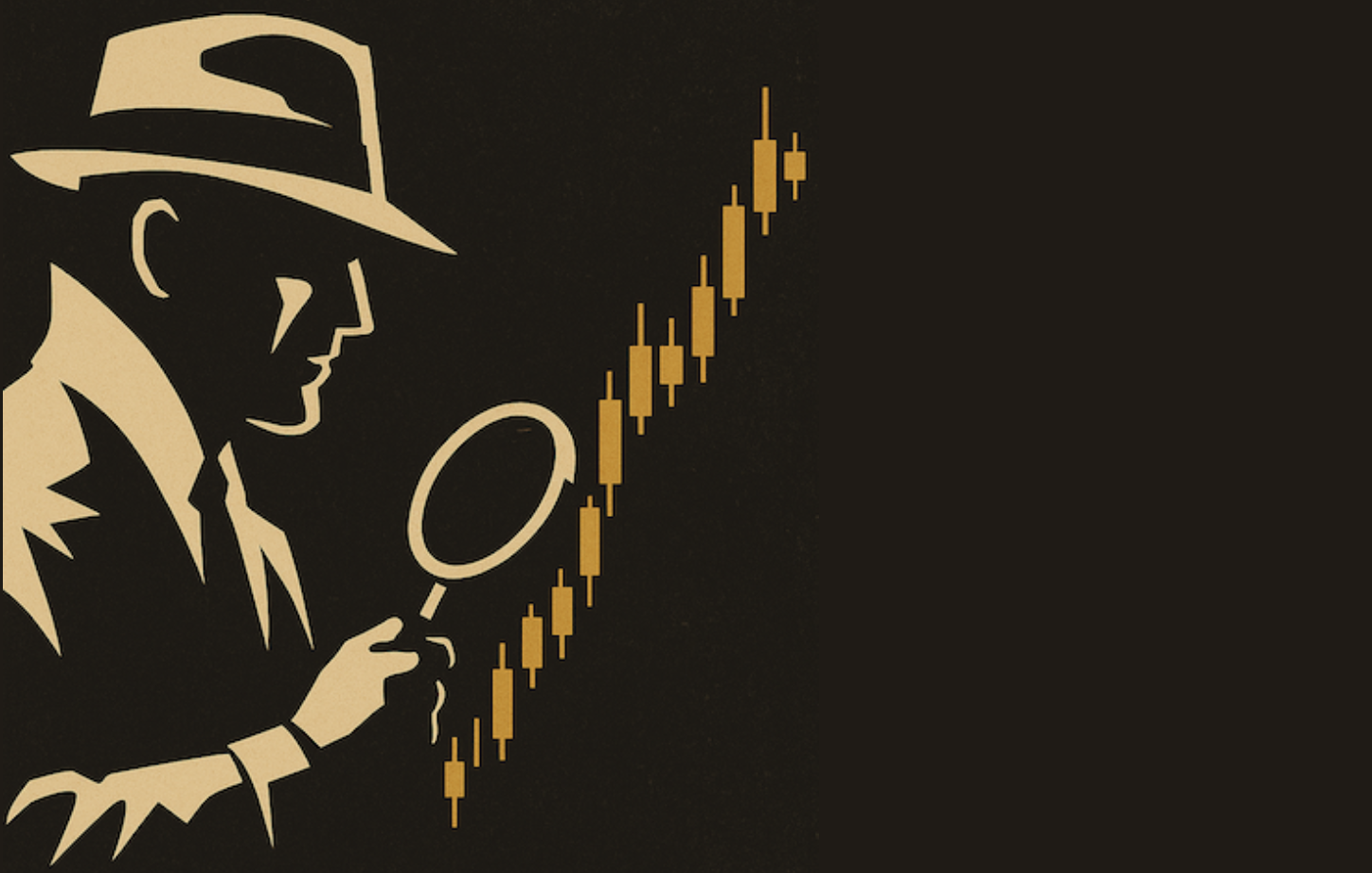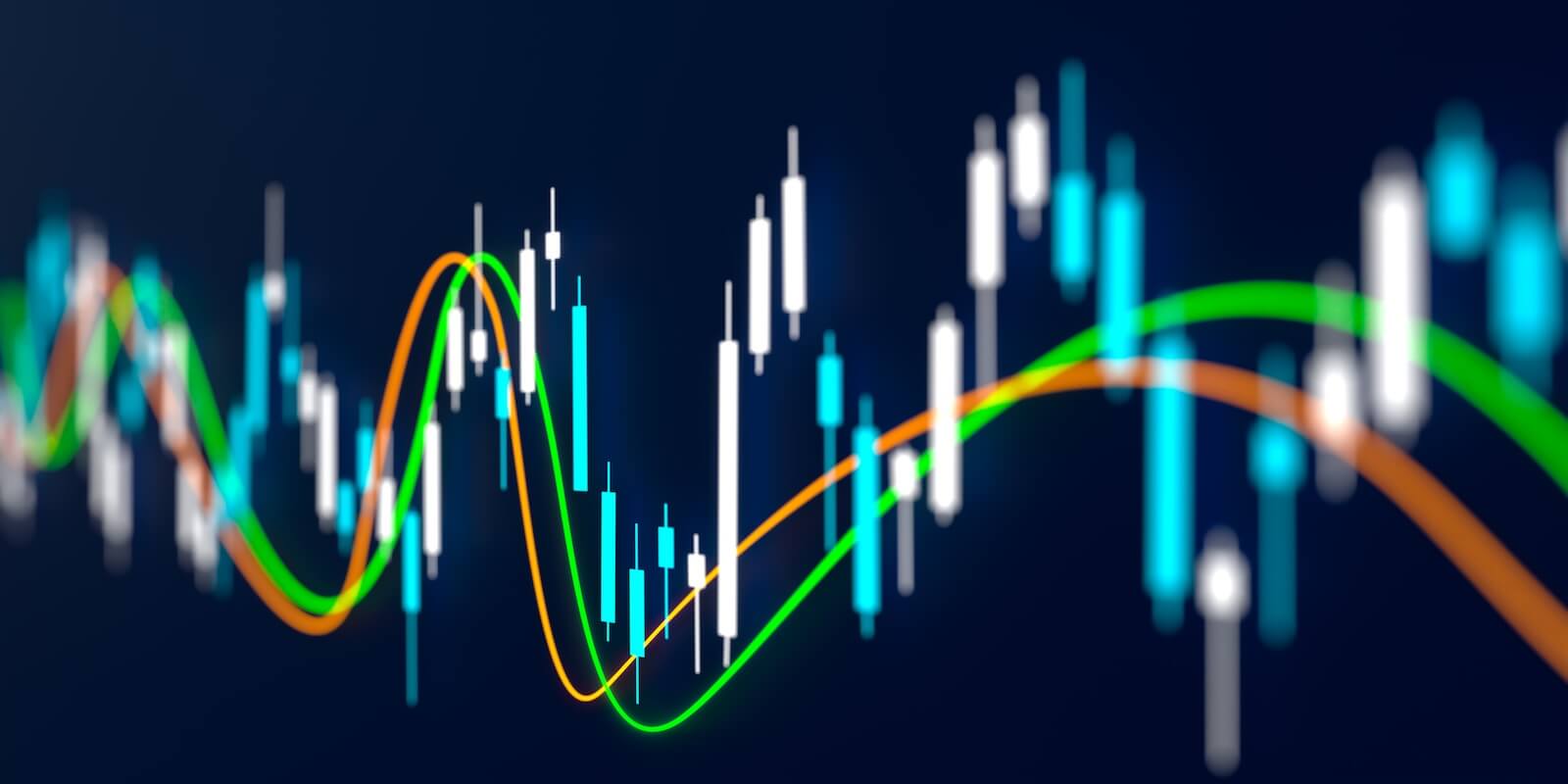DOLLAR TUMBLE CONTRIBUTES TO BULLISH BREAKOUTS IN GOLD AND OTHER COMMODITIES -- CANADA AND LATIN AMERICA BENEFIT FROM RISING COMMODITIES AND FALLING DOLLAR -- A FALLING DOLLAR FUND RISES AS DOLLAR FALLS -- INVERSE MARKET FUNDS SHOULD BE SOLD
FOREIGN CURRENCIES HIT NEW HIGHS AS DOLLAR PLUMMETS ... The last chart I showed on Tuesday was the US Dollar Index hitting a new low. In fact, it's now trading at the lowest level in fifteen years (since 1992). That was a direct side-effect of the Fed's aggressive easing move on the same day. In today's trading, foreign currencies are surging to new highs as the dollar is plummetting. The Euro (which has the biggest inverse impact on the dollar) is trading .9% higher and trading at a new record (Chart 1). One of our readers asked for a look at the Canadian Dollar. In fact, that's the strongest of the major currencies. Chart 2 shows the CDW surging more than 1% today. More importantly, it's reached parity (100) with the U.S. Dollar for the first time since 1976. That's thirty one years ago. As I've suggested many times before, there are many ripple effects from rising foreign currencies and a falling dollar. The most dramatic ripple effect is in commodity markets, which rise when the dollar falls. And they're certainly rising today.

Chart 1

Chart 2
COMMODITY ETF HITS RECORD HIGH ... Seventeen of nineteen commodities are in the black today. That includes industrial and precious metals as well as agricultural markets. Some energy markets are experiencing a little profit-taking. Even so, today's gains are enough to push the DB Commodities Tracking Index Fund (DBC) to a new record high. The most spectacular gains are occurring in precious metals.

Chart 3
GOLD BREAKS OUT... Today's double digit gain in bullion has pushed the price of gold to the highest level in twenty-seven years as shown in Chart 4. The last time gold traded this high was in 1980 near the end of the inflationary spiral of the 1970s. Silver is jumping even more. Chart 5 shows the iShares Silver Trust (SLV) climbing nearly 4% today. In so doing, the SLV has broken a major resistance line and its 200-day moving average. Needless to say, precious metal stocks are having another strong day as well. Chart 6 shows the Market Vectors Gold Miners ETF (GDX) heading toward a test of its spring 2006 high.

Chart 4

Chart 5

Chart 6
FALLING DOLLAR FAVORS FOREIGN STOCKS ... There are other side effects of the falling dollar. It favors investments in foreign markets. That's especially true of foreign markets that export commodities. That includes Australia, Canada, Russia, and Latin America. Charts 7 and 8 show Canadian and Latin American iShares already challenging their old highs. Their relative strength lines are also rising (versus the S&P 500). In addition to rising commodities, those two ETFs are benefitting from the falling dollar. That's because foreign ETFs are quoted in U.S. dollars. They get a boost not only from their rising local stock market, but from their rising local currency as well. That's especially true of Canada whose currency is trading at the highest level in three decades. That may explain why the EWC relative strength ratio in Chart 7 is at a record high.

Chart 7

Chart 8
YOU CAN BUY A FALLING DOLLAR FUND ... I first wrote about this inverse dollar fund in April 2006 and again on July 13 of this year. The ProFund Falling US Dollar Fund (FDPIX) is a mutual fund designed to trade in the opposite direction of the US Dollar Index. In other words, the fund rises when the dollar falls (hence its name). As I've suggested in the past, investors can use this fund to profit from a falling dollar. Chart 9 (plotted through yesterday) shows the Falling Dollar Fund trading at a new 12-year high. An alternative to buying a dollar inverse fund is to buy a foreign currency ETF. Chart 10 shows the Currency Shares Euro Trust (FXE) hitting a new high today along with the Euro.

Chart 9

Chart 10
YES, SELL THOSE BEAR FUNDS... On Friday September 7, I showed a couple of inverse stock market funds that I thought were bottoming. [Obviously, I was wrong]. Since they trend in the opposite direction of the stock market, those funds have fallen since then as the market has risen. One of our readers asked if it were time to cover those shorts (or sell those funds). The answer is "yes". The charts show why. Chart 11 shows the ProShares Short S&P 500 Fund (SH) having broken chart support and its 200-day average on very heavy volume. Chart 12 shows the Short Russell 2000 Fund (RWM) breaking chart support and its 50-day line. In my view, there's no justification for holding those funds any longer. Bear funds are not meant to be long term holdings. They should be used as a hedge when it looks like the market could be heading into a bear market. That possibility has been greatly reduced this week.

Chart 11

Chart 12











